Home>Articles>How Many Joules Should You Have For A Surge Protector
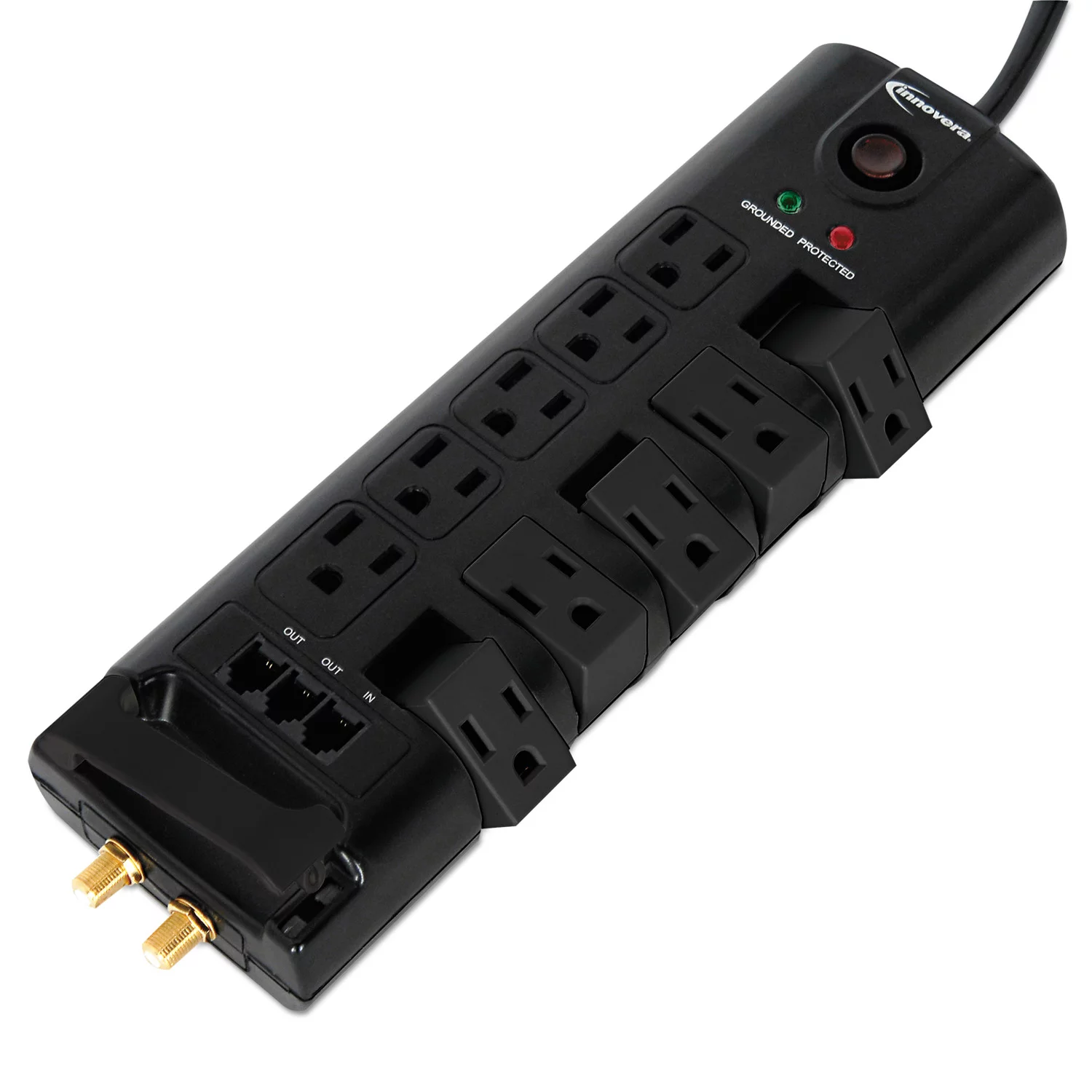

Articles
How Many Joules Should You Have For A Surge Protector
Modified: February 22, 2024
Read our comprehensive articles to find out how many joules you should have for a surge protector to effectively safeguard your electronics and appliances.
(Many of the links in this article redirect to a specific reviewed product. Your purchase of these products through affiliate links helps to generate commission for Storables.com, at no extra cost. Learn more)
Introduction
Welcome to the world of surge protectors and the puzzling concept of joules. If you’ve ever wondered how much protection your electronics need from power surges, you’re not alone. In this article, we will delve into the world of joules and surge protectors to help you understand how many joules you should have for a surge protector.
When it comes to protecting your valuable electronic devices, surge protectors play a crucial role. They act as a shield, diverting excess electrical voltage and preventing it from damaging your electronics. But how do you know how many joules your surge protector should have?
Joules, in the context of surge protectors, refer to the amount of energy that surge protector can absorb before it becomes overwhelmed. In simple terms, the higher the joule rating, the more protection your surge protector can provide.
However, determining the right amount of joules for a surge protector can be a bit challenging. It depends on factors such as the sensitivity of your devices, the type of power surges in your area, and the level of protection you desire.
In the following sections, we will explore the concept of joules and surge protectors in more detail. We will discuss how to determine the right amount of joules for a surge protector and the factors to consider when choosing one. We will also address some common misconceptions about joules and surge protectors.
So, if you’re ready to demystify the world of joules and surge protectors, let’s dive in and uncover the secrets to ensuring your electrical devices remain safe and protected.
Key Takeaways:
- Surge protectors with higher joule ratings provide more protection for sensitive electronics, such as computers and televisions, while also offering a longer lifespan and enhanced safety features.
- When choosing a surge protector, consider factors such as joule rating, clamping voltage, response time, and warranty to ensure optimal protection for all your electronic devices.
Read more: How Many Surge Protector Joules For TV
Understanding Joules and Surge Protectors
To fully understand how many joules you should have for a surge protector, let’s first demystify the concept of joules and explore the role of surge protectors.
When it comes to electricity, a power surge occurs when there is a sudden increase in electrical voltage, which can last for a fraction of a second. These surges can be caused by various factors such as lightning strikes, power outages, or faulty wiring. These surges can be detrimental to your electronic devices, causing damage or even complete failure.
This is where surge protectors come into play. A surge protector is a device that is designed to redirect excess voltage away from your devices, safeguarding them from potential damage. It acts as a barrier between your electronics and the electrical outlet, intercepting any power surges and preventing them from reaching your devices.
The joule rating of a surge protector indicates how much energy it can absorb before it becomes overloaded. Think of joules as a measure of the surge protector’s capacity to handle power surges. The higher the joule rating, the more energy the surge protector can handle.
When a power surge occurs, the surge protector will absorb the excess energy and redirect it to the grounding wire in your electrical system. By doing so, it protects your electronics from sustaining any damage.
It’s important to note that surge protectors have a limited lifespan. Each time they absorb a power surge, they become less effective. Over time, their ability to handle power surges diminishes, and they may need to be replaced.
Now that we have a basic understanding of joules and surge protectors, let’s move on to the next section to determine the appropriate amount of joules for a surge protector.
Determining the Right Amount of Joules for a Surge Protector
When it comes to determining the right amount of joules for a surge protector, there are a few factors you should consider. These factors will help you choose a surge protector that can adequately protect your electronic devices:
- Sensitivity of your devices: Consider the sensitivity of the electronic devices you are looking to protect. High-end electronics such as computers, televisions, and gaming consoles are more susceptible to voltage fluctuations. Therefore, it’s essential to choose a surge protector with a high joule rating to provide optimal protection.
- Type of power surges: Evaluate the type of power surges that are common in your area. Do you experience frequent lightning storms or power outages? If so, you may want to opt for a surge protector with a higher joule rating to handle these potentially larger surges.
- Level of protection desired: Determine the level of protection you desire for your electronic devices. If you want maximum protection, it’s advisable to select a surge protector with a higher joule rating. Keep in mind that surge protectors with higher joules tend to be more expensive, so it’s important to strike a balance between cost and protection.
While there is no specific formula to calculate the exact number of joules required for a surge protector, professionals recommend choosing a surge protector with a joule rating of at least 1000 joules for basic household electronics. However, for more sensitive and high-power devices, opting for surge protectors with a rating of 2000 joules or higher is recommended.
It’s also worth considering surge protectors with additional features such as EMI/RFI noise filtration and protection indicator lights. These features provide added protection against electromagnetic and radio frequency interference and act as visual indicators of the surge protector’s operational status.
Ultimately, the right amount of joules for a surge protector will depend on the specific needs and requirements of your electronic devices. Taking into account the factors mentioned above will assist you in making an informed decision and ensuring optimal protection for your valuable electronics.
When choosing a surge protector, look for one with a joule rating that is higher than the total energy of potential power surges in your area. A higher joule rating provides better protection for your electronic devices.
Factors to Consider When Choosing a Surge Protector
When selecting a surge protector, it’s important to consider various factors to ensure you choose the right one for your specific needs. Let’s explore some key factors to keep in mind:
- Joule rating: As we discussed earlier, the joule rating indicates the surge protector’s capacity to absorb excess energy. Consider the sensitivity of your devices and the level of protection you desire. Opt for a surge protector with a higher joule rating for maximum protection.
- Number of outlets: Assess the number of outlets you need. Surge protectors come in different sizes, offering a varying number of outlets. Consider the number of devices you plan to connect and ensure the surge protector has enough outlets to accommodate them all.
- Clamping voltage: Clamping voltage refers to the voltage level at which the surge protector begins diverting excess energy. Look for a surge protector with a low clamping voltage, as this indicates that the protection kicks in at lower voltage levels.
- Response time: The response time of a surge protector indicates how quickly it reacts to a power surge. Faster response times offer better protection for your devices. Look for surge protectors with response times of 1 nanosecond (or lower) for optimal performance.
- Warranty: Check the warranty offered by the surge protector manufacturer. A longer warranty period signifies the manufacturer’s confidence in their product. Look for surge protectors with warranties of at least 3 years to ensure peace of mind.
- Additional features: Consider any additional features that may enhance the functionality and protection of the surge protector. These can include USB ports for charging devices, LED indicator lights, and power filters for cleaner power delivery.
It’s also important to purchase surge protectors from reputable manufacturers to ensure quality and reliability. Look for certifications such as UL (Underwriters Laboratories) or ETL (Intertek) listed on the product, as these indicate that the surge protector has been tested and meets safety standards.
Lastly, remember that surge protectors have a limited lifespan. Over time, their effectiveness diminishes as they absorb power surges. It’s advisable to replace surge protectors every few years or if they have experienced a significant surge.
By considering these factors, you can make an informed decision and choose a surge protector that meets your needs and provides optimal protection for your electronic devices.
Common Misconceptions About Joules and Surge Protectors
When it comes to joules and surge protectors, there are some common misconceptions that can lead to confusion. Let’s address these misconceptions and clarify the facts:
Misconception 1: The higher the joule rating, the longer the surge protector will last.
Fact: The joule rating of a surge protector indicates its capacity to handle power surges, not its durability or lifespan. Surge protectors have a limited lifespan and will need to be replaced over time, regardless of their joule rating.
Misconception 2: Once a surge protector reaches its joule limit, it stops working.
Fact: While a surge protector may become less effective after absorbing multiple power surges, it will continue to provide some level of protection. It’s still advisable to replace a surge protector once it reaches its joule limit to ensure optimal protection for your devices.
Misconception 3: All surge protectors with the same joule rating provide the same level of protection.
Fact: While the joule rating is an important factor, it’s not the only determinant of a surge protector’s performance. Factors such as clamping voltage, response time, and overall build quality also play a crucial role in providing effective protection against power surges.
Misconception 4: Surge protectors protect against all electrical issues and guarantee the safety of your devices.
Fact: Surge protectors are designed specifically to handle power surges, not other electrical issues like brownouts or blackouts. Additionally, no surge protector can provide 100% guarantee against damage – their purpose is to minimize the risk and offer a level of protection for your electronic devices.
Misconception 5: You only need surge protection for expensive electronic devices.
Fact: All electronic devices are vulnerable to power surges, regardless of their cost. It’s essential to protect all your devices, including smartphones, gaming consoles, televisions, and even smaller appliances like toasters or microwaves, as a power surge can cause damage to any electrical device.
By understanding these common misconceptions and the facts surrounding joules and surge protectors, you can make informed decisions when it comes to protecting your valuable electronic devices.
Conclusion
Choosing the right surge protector with the appropriate joule rating is essential to protect your electronic devices from potential damage caused by power surges. While there is no exact formula to determine the precise number of joules needed for a surge protector, considering factors such as device sensitivity, types of power surges, and desired level of protection can guide you in making the right decision.
It’s important to remember that surge protectors serve as a barrier, absorbing and redirecting excess voltage away from your devices. However, they have a limited lifespan and may need to be replaced over time, especially if they have reached their joule limit or have experienced significant power surges.
When selecting a surge protector, consider its joule rating, number of outlets, clamping voltage, response time, and any additional features that may enhance its functionality. It’s also crucial to purchase surge protectors from reputable manufacturers and ensure they meet safety standards.
By debunking common misconceptions about joules and surge protectors, you can better understand how these devices work and make informed decisions to protect your electronic devices. Remember that surge protectors provide protection against power surges, not other electrical issues, and no surge protector can offer a 100% guarantee against damage.
Ultimately, investing in a surge protector with an appropriate joule rating is a wise choice to safeguard your electronic devices. So, take the time to evaluate your needs, consider the factors discussed in this article, and choose a surge protector that offers the level of protection your devices deserve.
With the right surge protector in place, you can have peace of mind knowing that your electronic devices are protected from the unpredictable nature of power surges, allowing you to enjoy your technology with confidence.
Frequently Asked Questions about How Many Joules Should You Have For A Surge Protector
Was this page helpful?
At Storables.com, we guarantee accurate and reliable information. Our content, validated by Expert Board Contributors, is crafted following stringent Editorial Policies. We're committed to providing you with well-researched, expert-backed insights for all your informational needs.
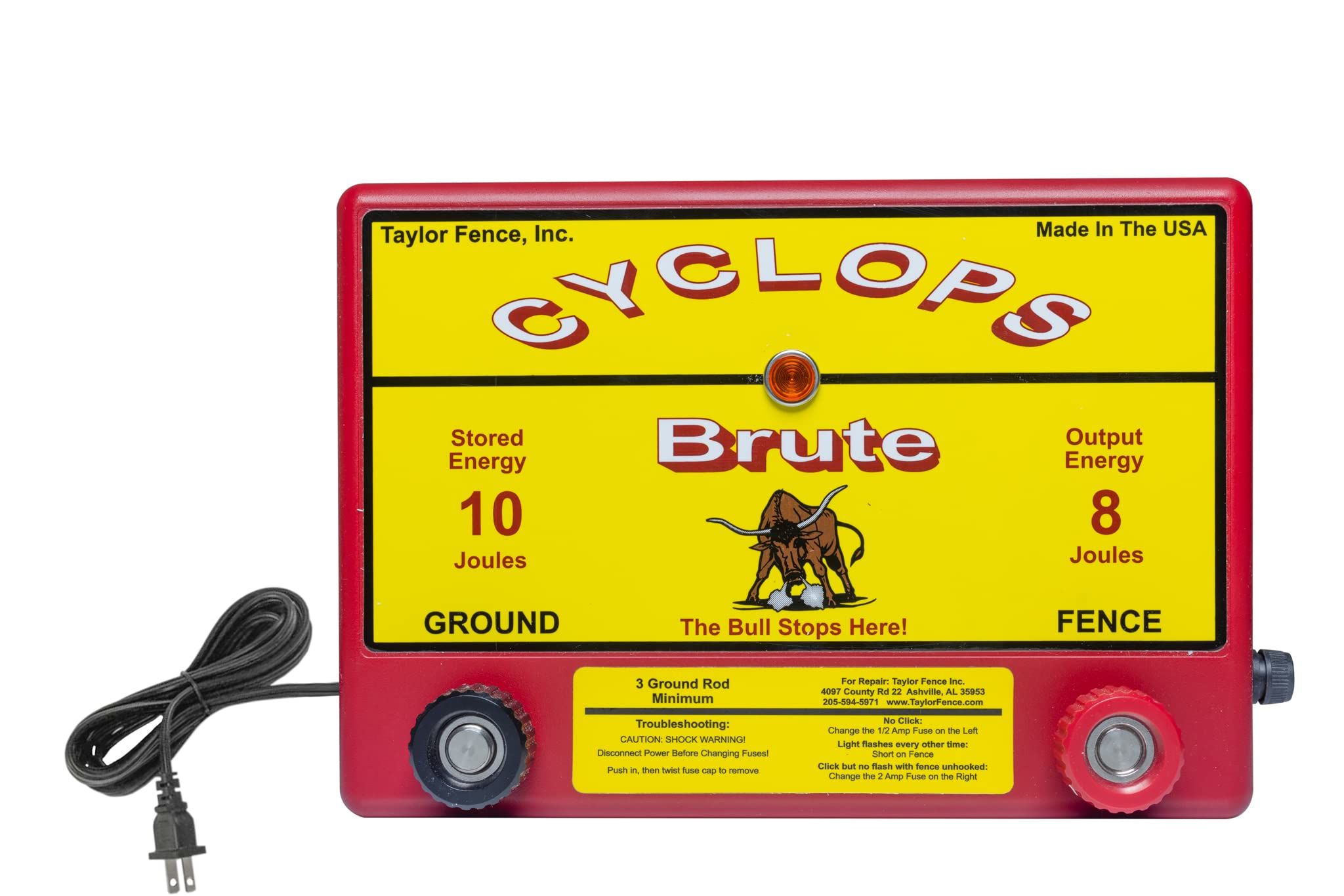
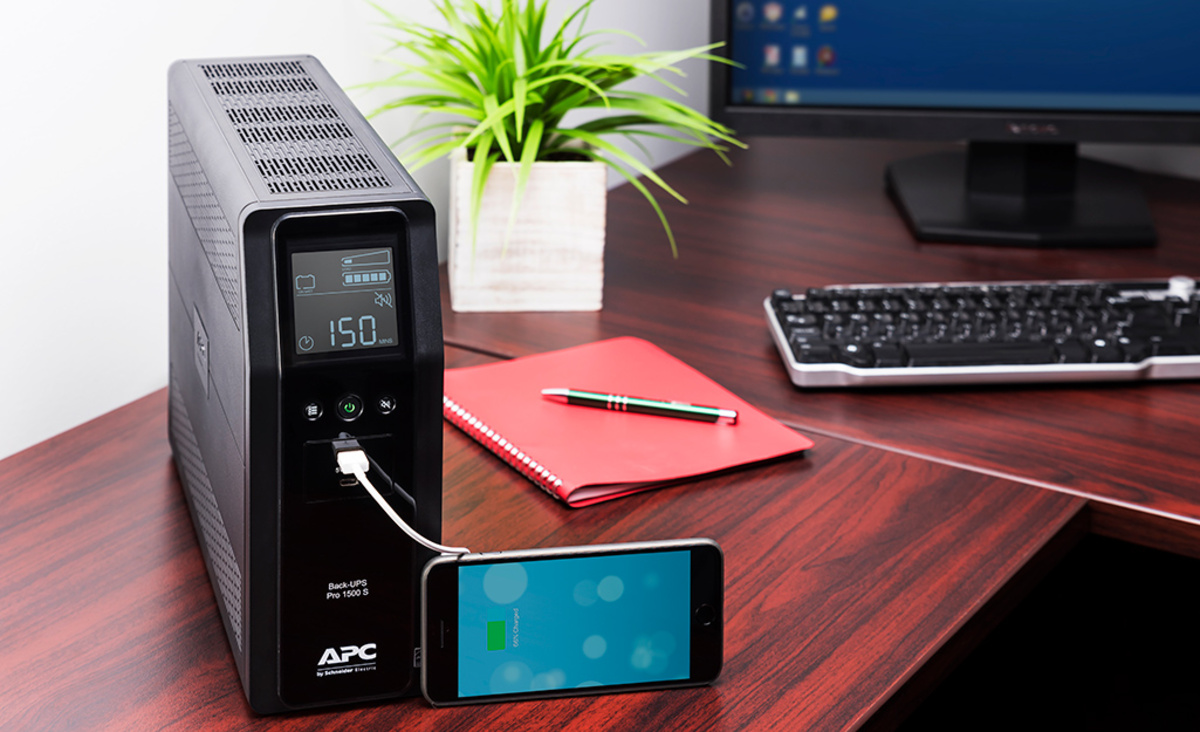
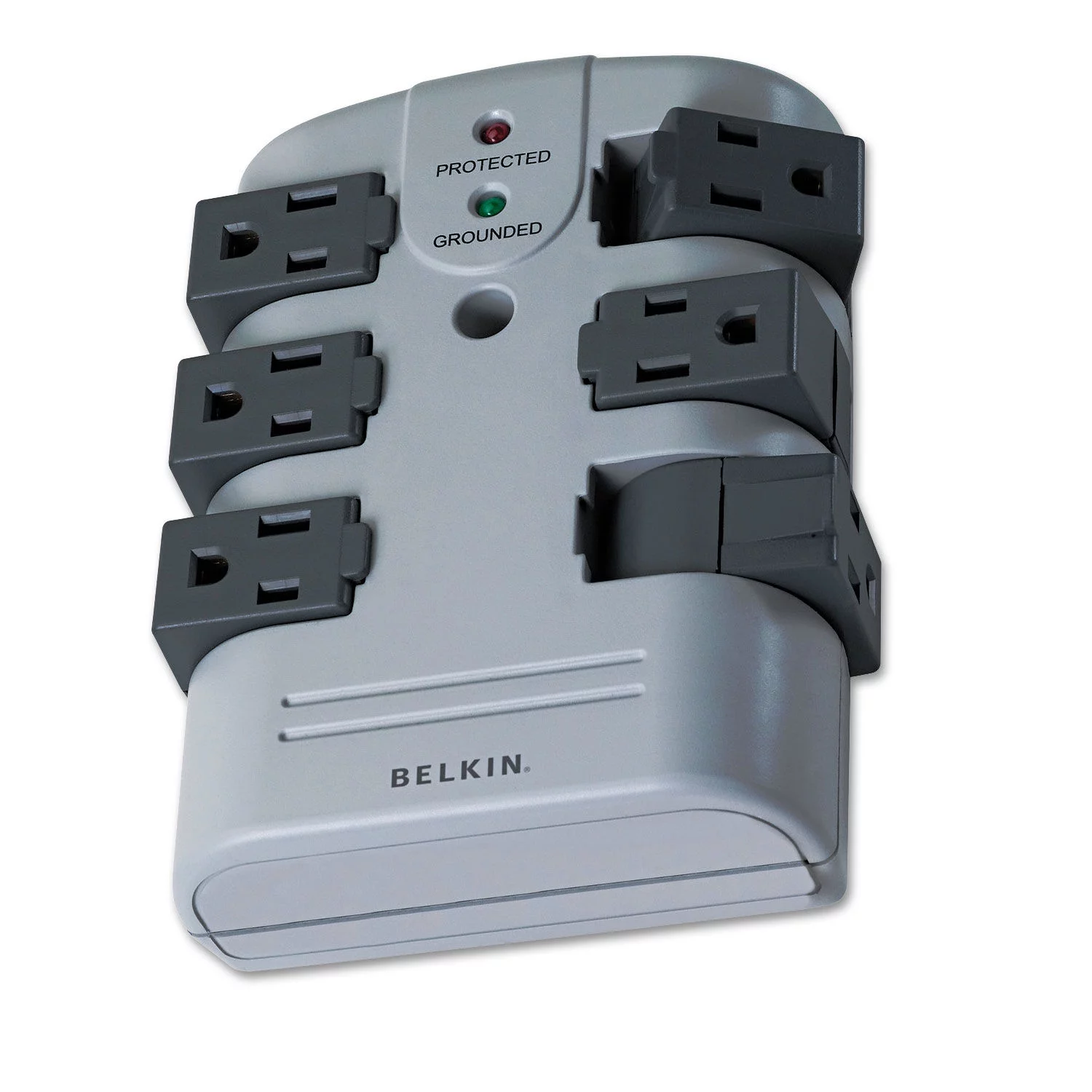
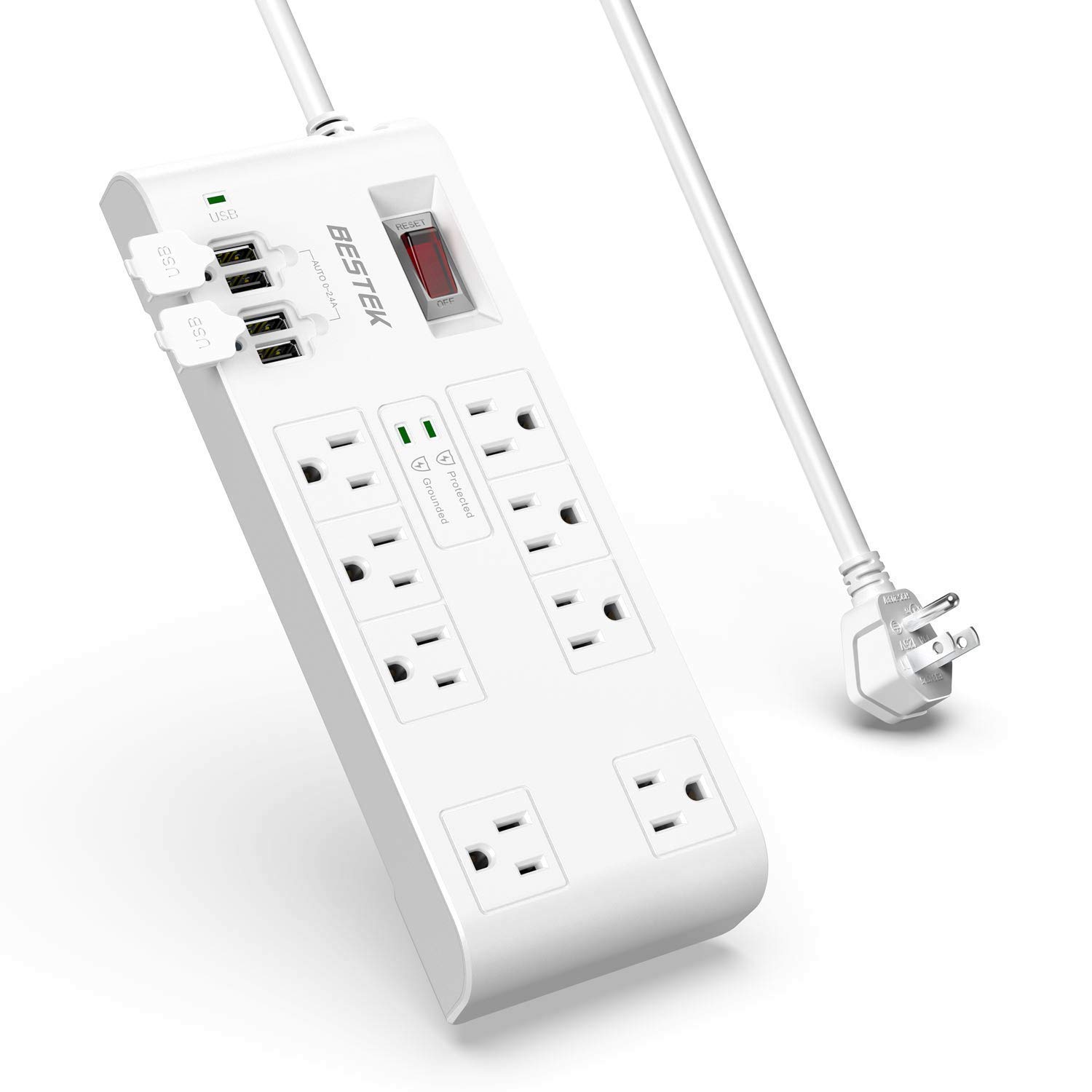
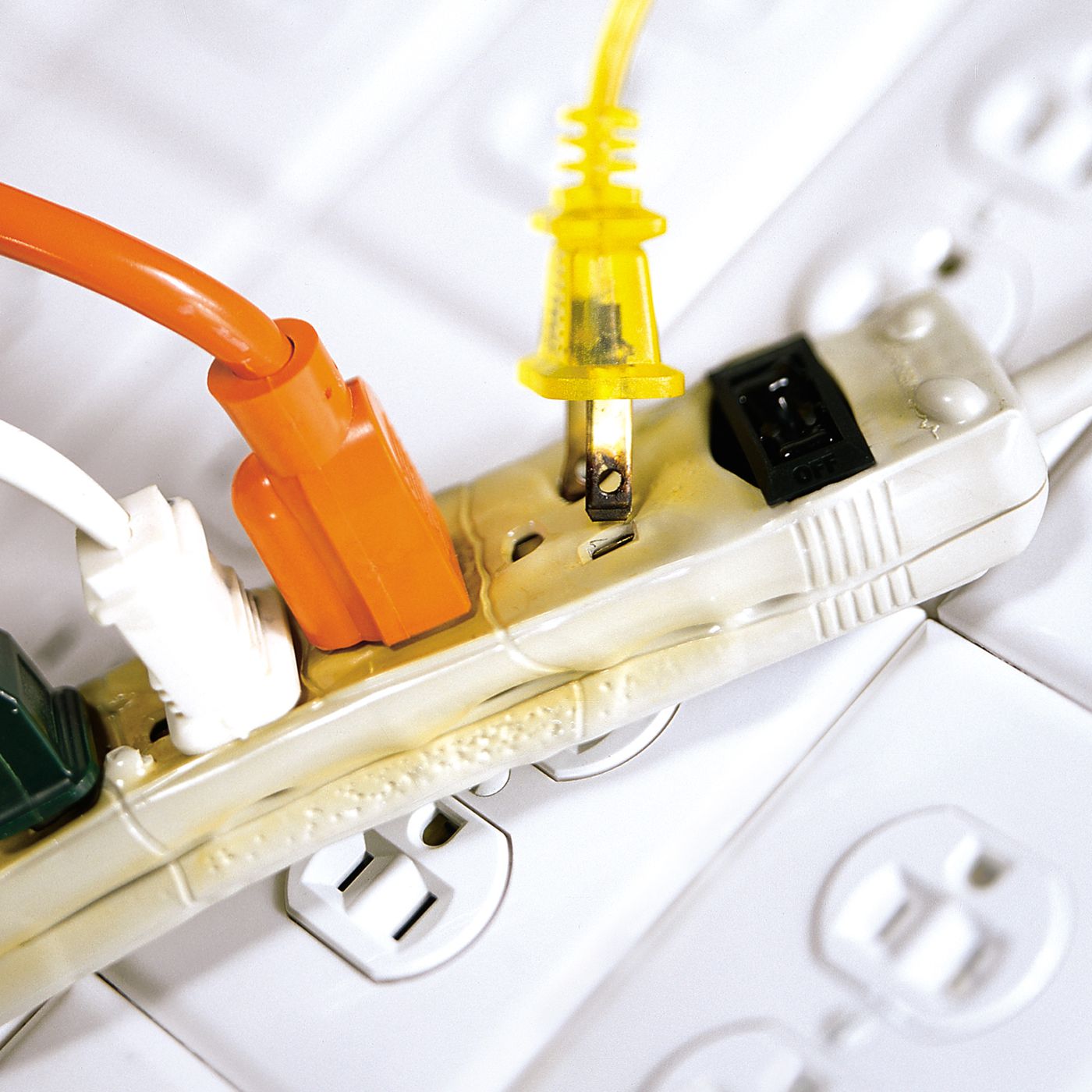
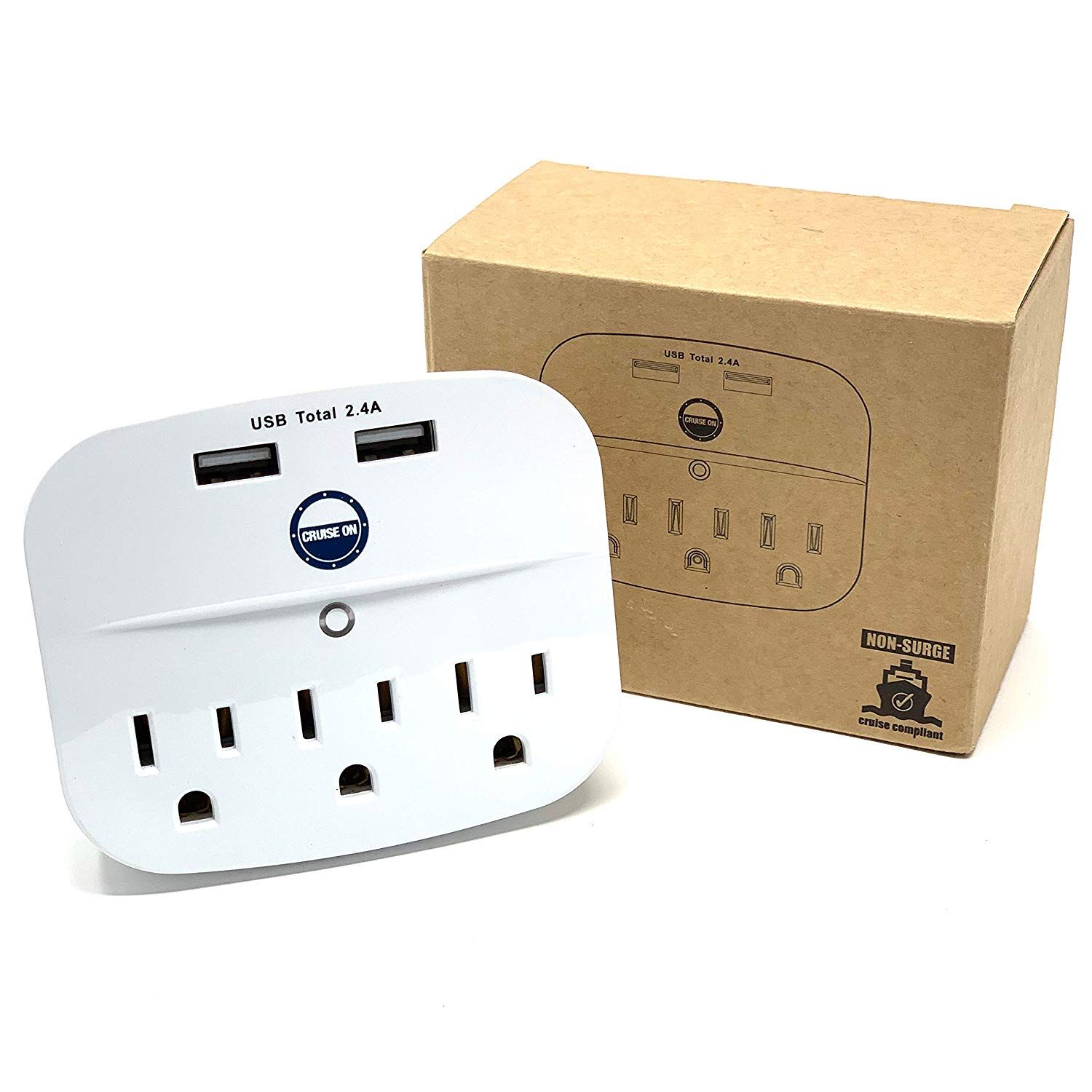
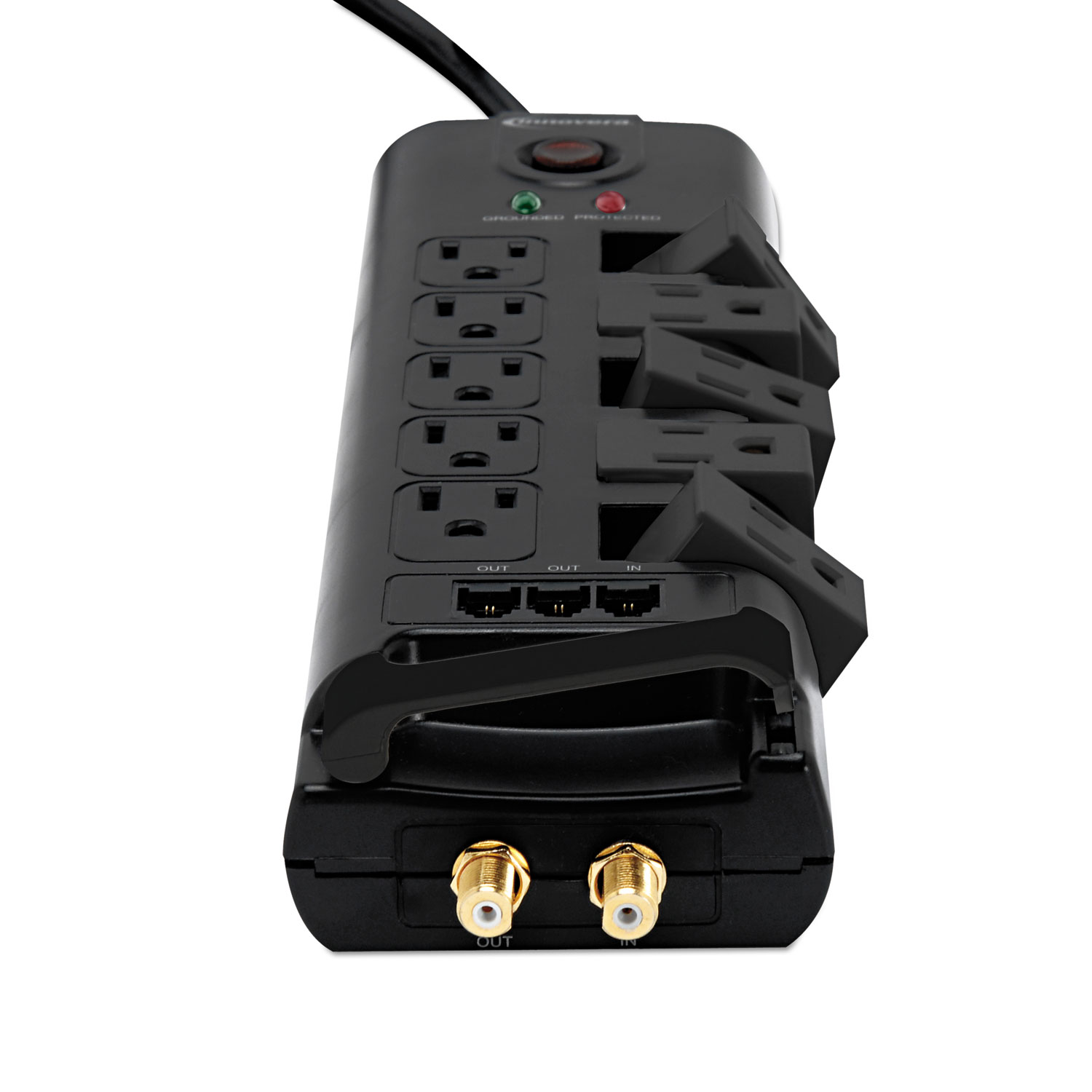


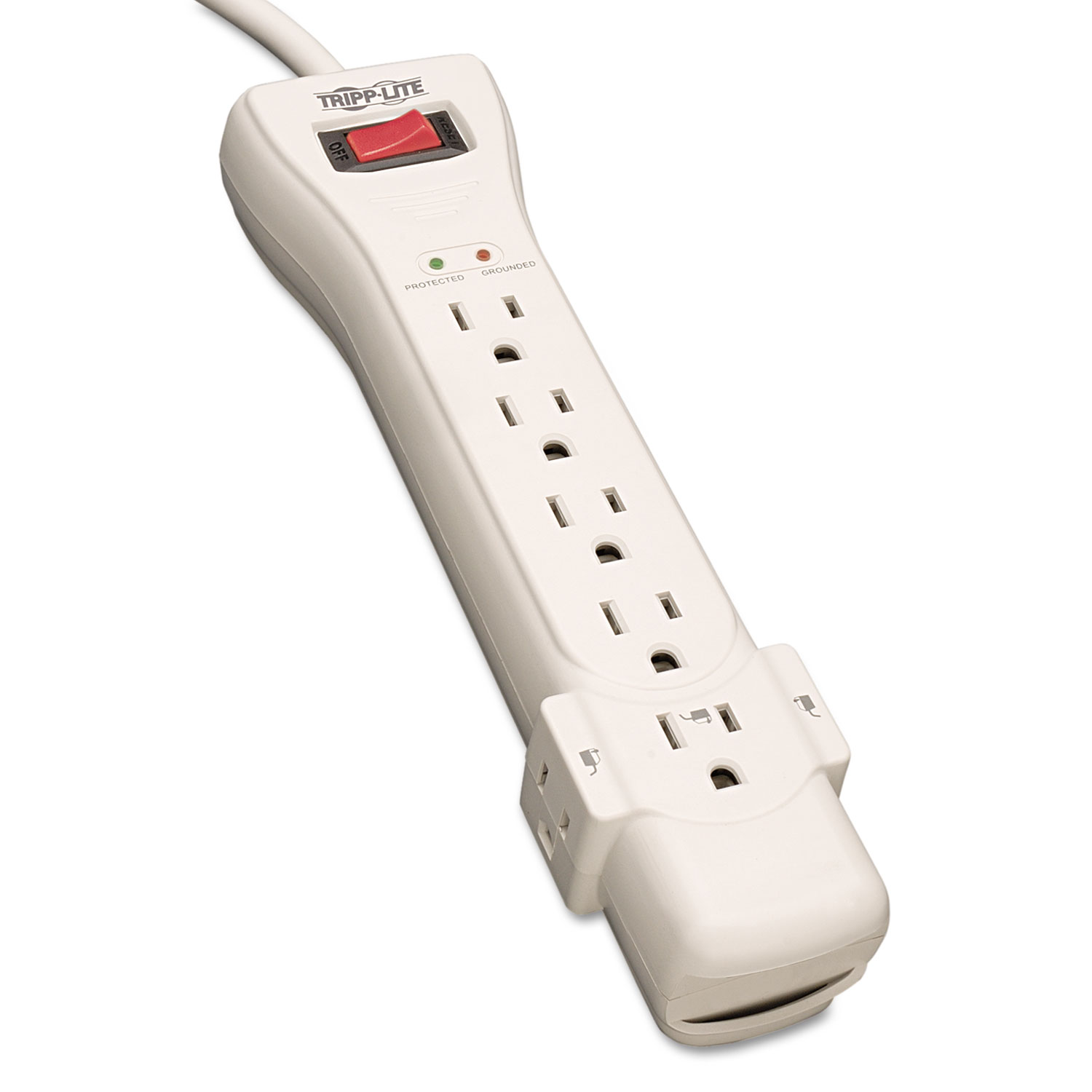
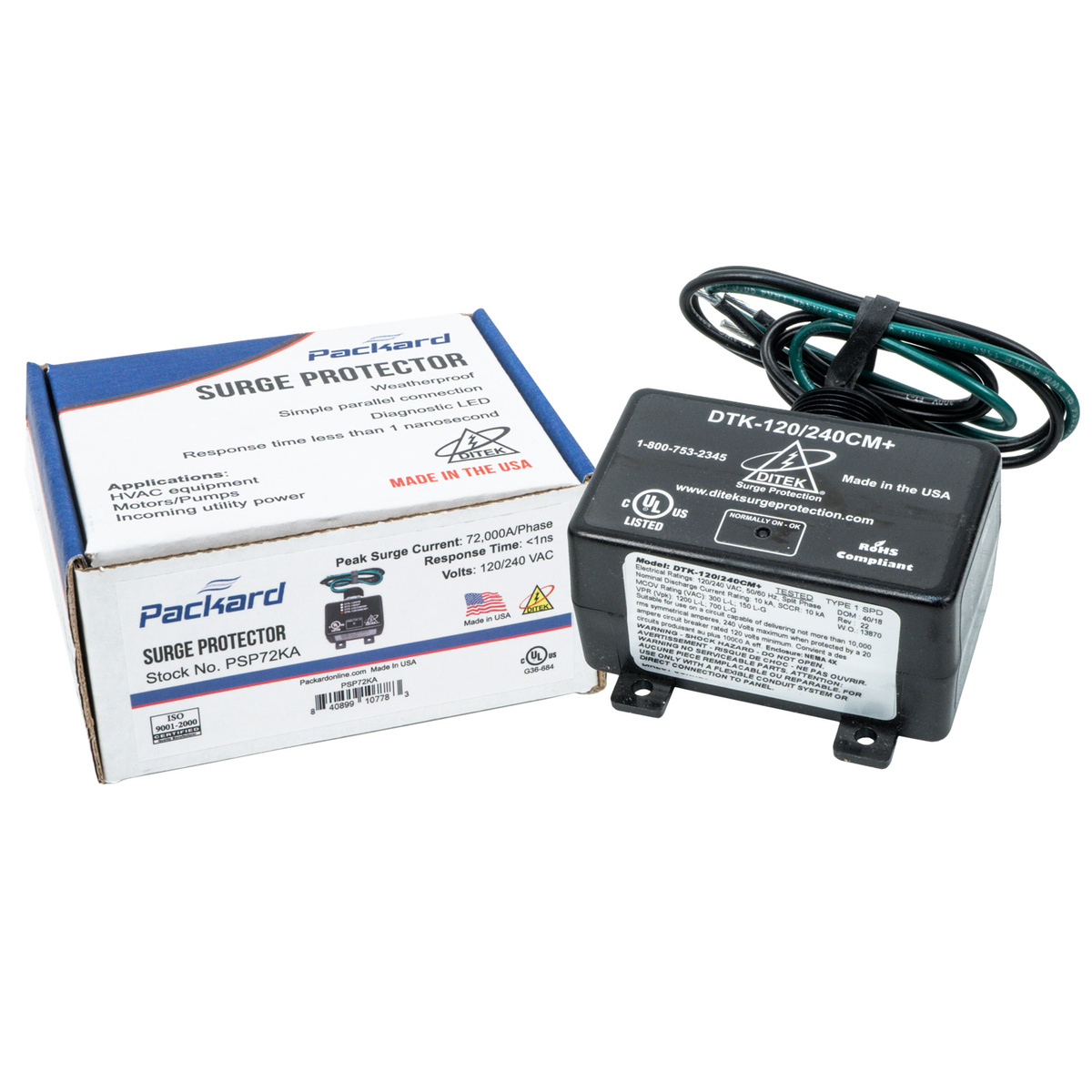
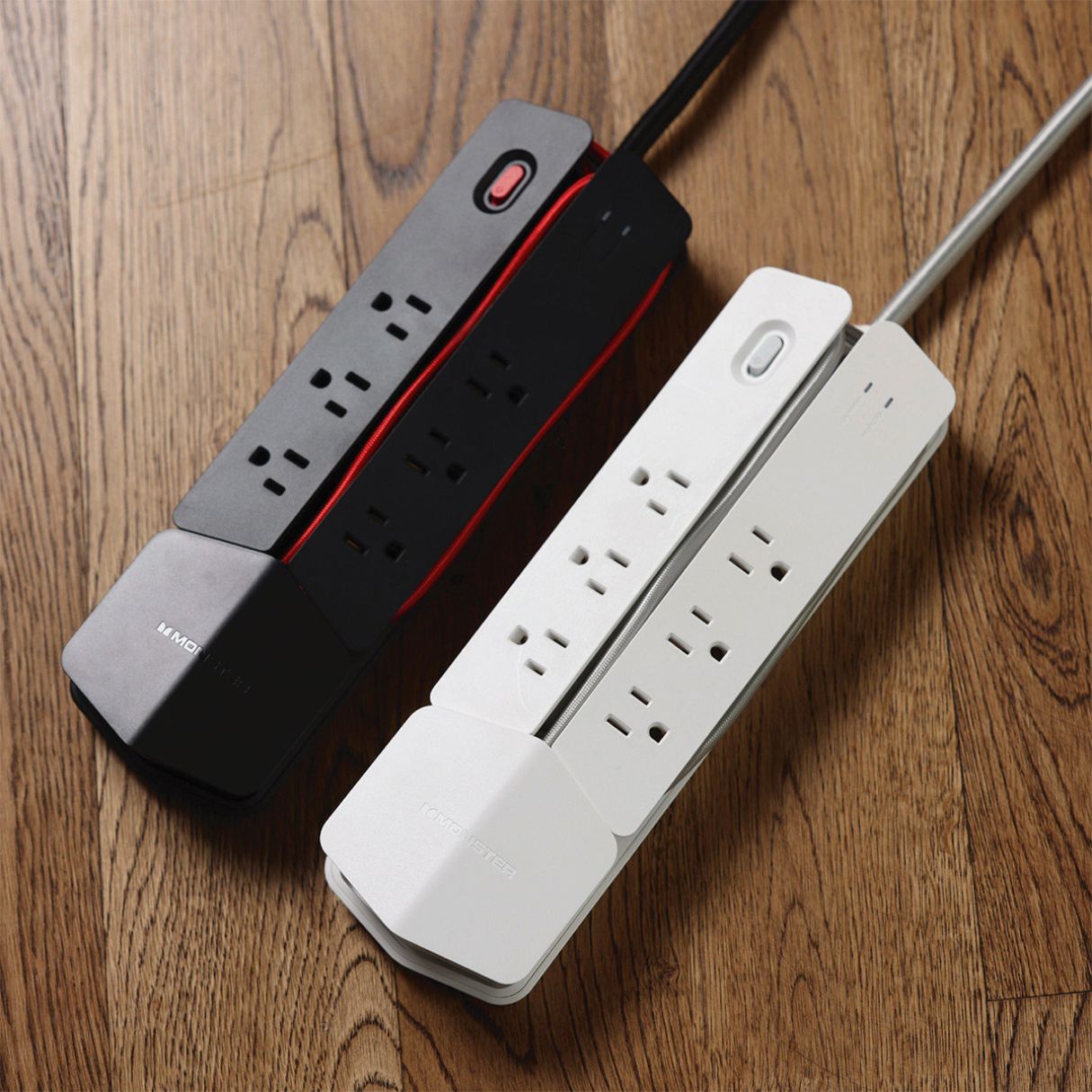
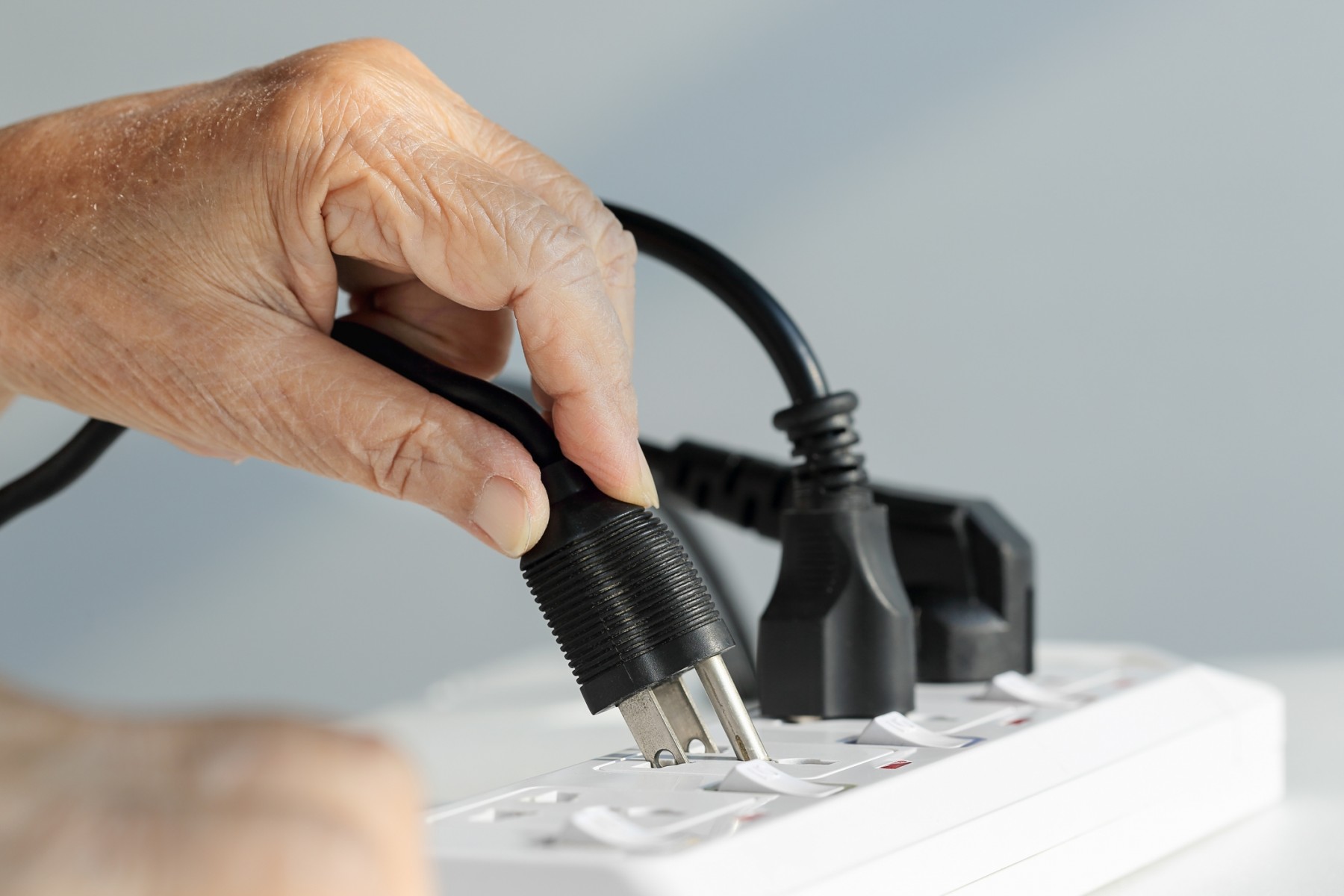


0 thoughts on “How Many Joules Should You Have For A Surge Protector”